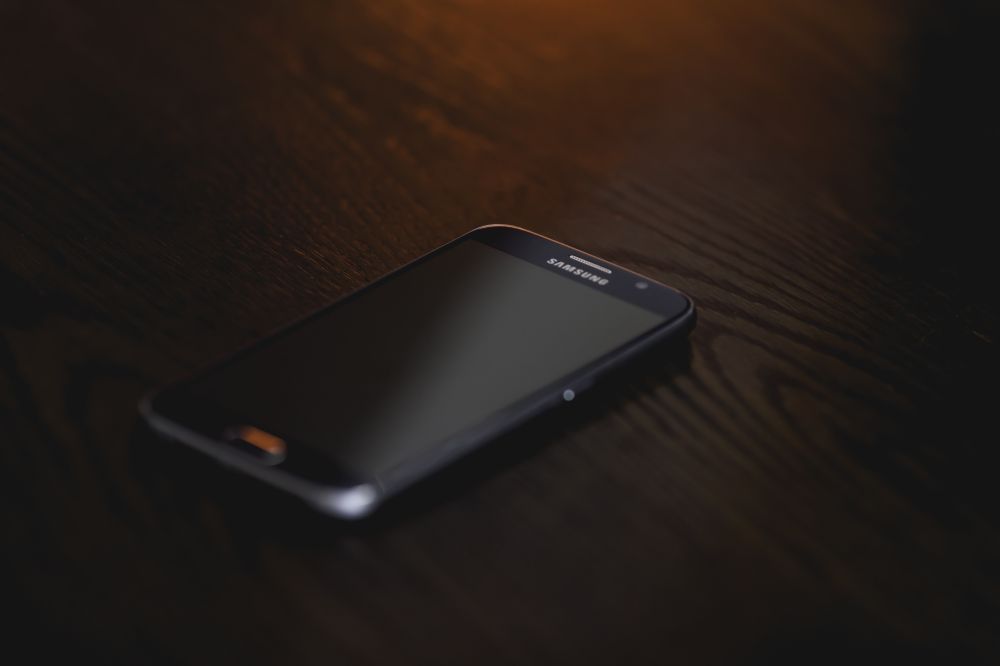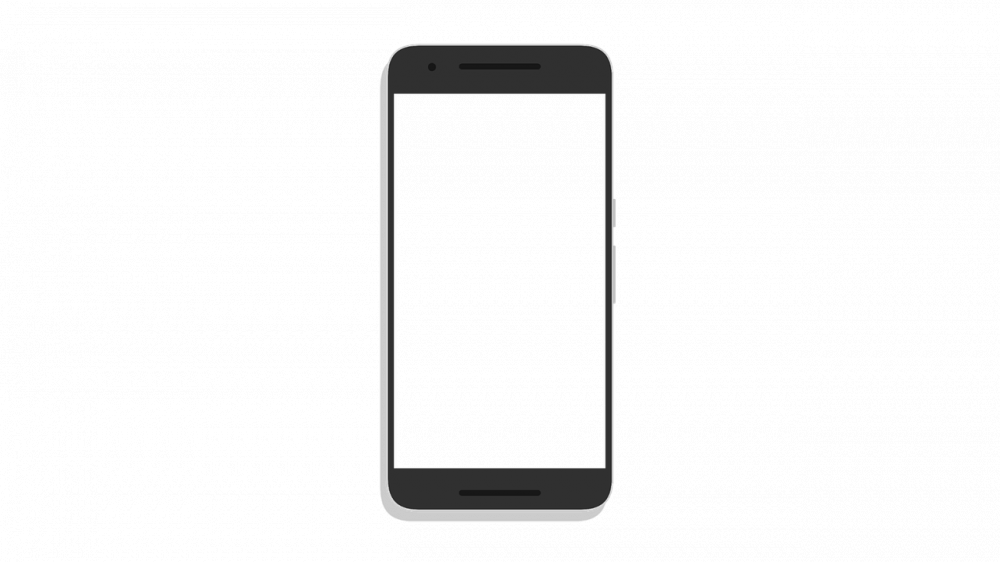Android Screenshot: A Comprehensive Guide

Overview of Android Screenshot
In the world of technology, an Android screenshot is an essential feature that allows users to capture the contents of their phone’s screen and save it as an image file. It has become an integral tool for various purposes, including sharing important information, troubleshooting technical issues, and documenting interesting content.
The process of taking an Android screenshot differs slightly depending on the device model and Android version. However, the most common method involves pressing the power button and the volume down button simultaneously. Once the screenshot is taken, it can be accessed through the device’s notification panel or the Gallery app. Alternatively, some Android devices offer additional features like palm swipe gestures or voice commands to capture a screenshot.
In-depth Presentation of Android Screenshot

Android screenshots come in various types, each serving different purposes. The most popular types include:
1. Full-screen screenshot: This type captures the entire contents of the screen, including the status bar and navigation buttons. It is useful for sharing app interfaces, game levels, or web pages.
2. Partial screenshot: Sometimes, capturing the whole screen is unnecessary. With a partial screenshot, users can select a specific area to capture, allowing them to focus on a particular section of interest.
3. Scrolling screenshot: As the name suggests, this type of screenshot enables users to capture an entire webpage or a lengthy document by scrolling automatically. It eliminates the need to capture multiple screenshots and stitch them together manually.
4. Long screenshot: Similar to scrolling screenshots, long screenshots capture an extended vertical or horizontal area, such as chat conversations or social media timelines.
5. Screenshot with annotations: Some Android devices offer built-in tools to annotate screenshots by adding text, drawings, or highlights. This feature is especially useful for emphasizing specific details or providing additional context.
Among these types of Android screenshots, full-screen and partial screenshots are the most popular among users due to their simplicity and versatility.
Quantitative Measurements of Android Screenshot
The prominence of Android screenshots can be seen through quantitative measurements such as the number of searches related to «Android screenshot» or the number of downloads of popular screenshot apps from the Google Play Store. Additionally, tracking the usage of Android screenshots in social media posts, online tutorials, and user forums can provide insights into their popularity and widespread usage.
According to Google Trends, the search interest for «Android screenshot» has been steadily increasing over the past years, reflecting a growing demand for this feature. This surge in interest is likely driven by the increasing use of smartphones and the need to capture and share information in digital formats.
Differentiating Android Screenshot Options
While the basic functionality of Android screenshots remains consistent across devices and versions, there are differences in the user interface, additional features offered, and the accessibility of screenshots.
Different Android manufacturers often provide customized versions of the operating system, resulting in variations in the screenshot capturing process. For instance, Samsung devices offer a palm swipe gesture to capture a screenshot, while Google Pixel devices include a built-in screenshot editor.
Third-party apps also play a significant role in enhancing the screenshot capabilities of Android devices. These apps offer advanced features such as delayed capture, image editing, and cloud sync. Examples of popular screenshot apps include Screenshot Easy, AZ Screen Recorder, and Screen Master.
Historical Analysis of Android Screenshot Pros and Cons
The evolution of Android screenshots has seen many improvements over the years. Initially, users had to rely on third-party apps to capture screenshots. However, with the advancement of Android versions, the built-in screenshot functionality became a standard feature.
Advantages of Android screenshots include:
1. Convenience: By simply pressing a few buttons or utilizing gestures, users can capture and save screenshots quickly without the need for additional tools.
2. Information sharing: Android screenshots provide a simple and efficient way to share visual information with others, enhancing communication and collaboration.
3. Troubleshooting: When experiencing technical issues, capturing a screenshot can be helpful in seeking assistance from technical support or sharing the issue on forums for troubleshooting.
Despite the numerous benefits, there are a few limitations to consider:
1. Limited editing options: While basic editing tools are available, extensive image editing functionalities often require third-party apps.
2. Storage capacity: Saving multiple screenshots can consume a significant amount of storage space, especially if captured frequently.
3. Privacy concerns: Android screenshots can potentially capture sensitive information, including personal messages or confidential data, highlighting the importance of exercising caution when sharing or storing screenshots.
Overall, Android screenshots have revolutionized the way users capture and share visual information. With their versatility and ease of use, they have become an indispensable feature for technology and gadget enthusiasts. Whether it’s for personal documentation or professional collaboration, Android screenshots offer a valuable tool for capturing and preserving moments on digital screens.





